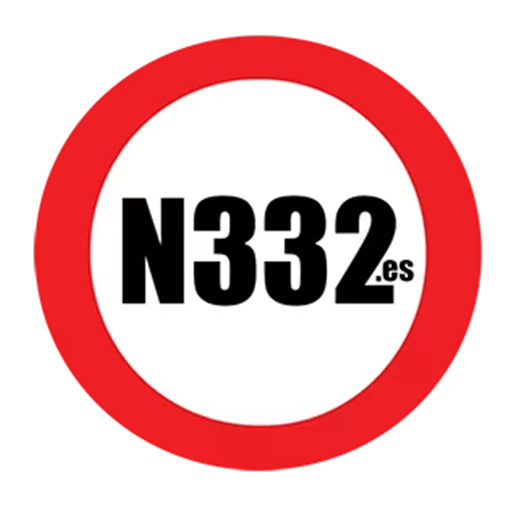As thoughts turn to beach days and holidays, it’s common to see cars packed to the brim with all the essentials for fun in the sun. However, a vehicle overloaded with luggage, beach gear, or holiday paraphernalia, whether by weight or simply by volume, presents significant dangers and is a common source of fines in Spain. Just as we ensure our furry friends are safely secured for the journey, everything else we carry in our vehicles must also be correctly stowed.
Contents
The Dangers of Unsecured Loads
“Correctly stowed” means two key things: secured and contained. All vehicle doors, including the boot, must be securely closed, and nothing should protrude from the vehicle in a way that could cause harm or obscure visibility.
The primary reason for these regulations is safety. An unsecured load, even something seemingly innocuous like a picnic box or a stack of towels, can become a deadly projectile in the event of sudden braking, a sharp turn, or a collision. Imagine the force of a cool box slamming into the back of a passenger’s head, or even worse, into the driver’s cabin. Load restraint isn’t just about preventing items from falling out; it’s crucially about preventing them from shifting in a way that makes the vehicle unstable to handle or causes injury or death to occupants.
Impact on Vehicle Performance
Beyond the risk of flying objects, the sheer weight and volume of an overloaded car can significantly impact its performance and manoeuvrability. The vehicle’s handling characteristics will change, braking distances may increase, and steering can become less responsive. It’s also vital to consider your tyre pressure; an overloaded vehicle may require higher tyre pressures than usual to maintain safety. Always consult your vehicle’s manual for specific information on recommended tyre pressures for varying loads.
Spanish Traffic Law Requirements
The Spanish Traffic Law is quite clear on how loads must be carried:
Stability and Safety: Any load must not be placed in a way that makes your vehicle unstable or unsafe to drive.
Secure from Movement: It must be secured so it won’t move or fall from your vehicle while driving. This includes during emergency braking or sudden turns.
No Projections: The load must not project from your vehicle in a way that is likely to injure a person, obstruct the path of other drivers or pedestrians, or damage another vehicle or property.
Appropriate Restraint: All items must be restrained using an appropriate load restraint method.
Best Practices for Loading Your Car
Utilise the Boot: Whenever possible, place items in the boot rather than the passenger saloon. The boot offers a more contained space and, in many vehicles, is designed to offer some protection in a rear-end collision.
Secure Items on Back Seats: If you must carry items on the back seats, ensure they are secured with a seatbelt or other appropriate restraints.
Use Load Restraint Nets: For heavier items or if you are carrying a substantial load in the boot, it is highly advisable – and in some cases, effectively mandatory for heavy items – to use a car net or cargo barrier to prevent items from crashing forward into the passenger compartment.
Deflate Inflatables: Heading to the beach with a giant inflatable unicorn? Always transport large inflatables deflated. They take up vast amounts of space and can severely obscure your rear view, even if seemingly “light.”
By taking a few extra minutes to properly load and secure your vehicle, you can ensure a safer and more enjoyable journey for everyone, whether you’re just heading to the beach or embarking on a longer holiday adventure.
Discover more from N332.es - Driving In Spain
Subscribe to get the latest posts sent to your email.
